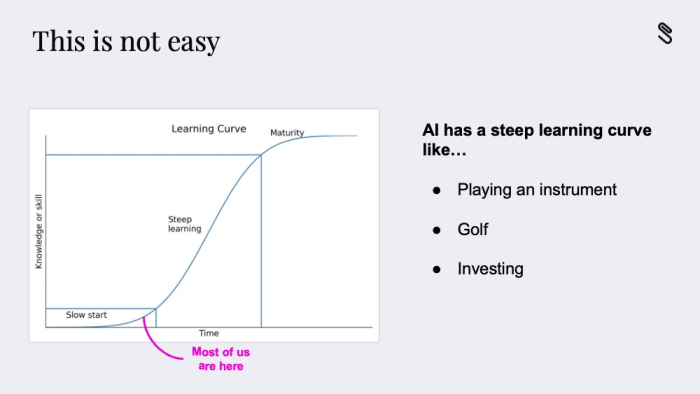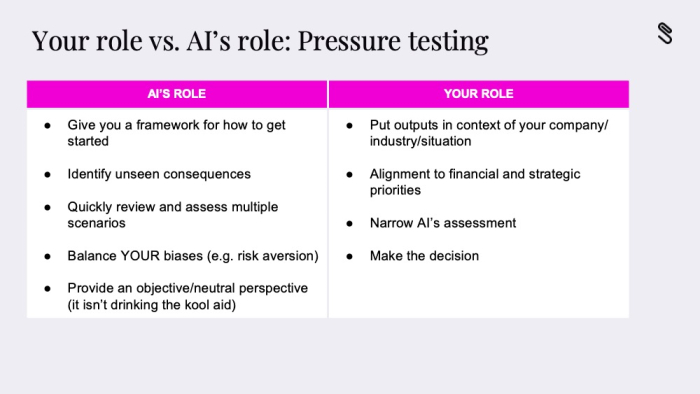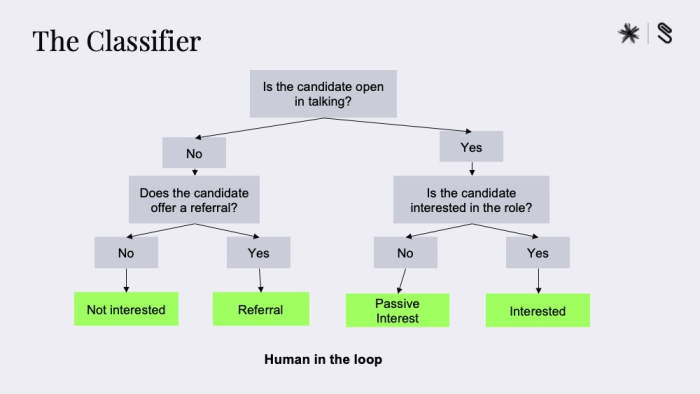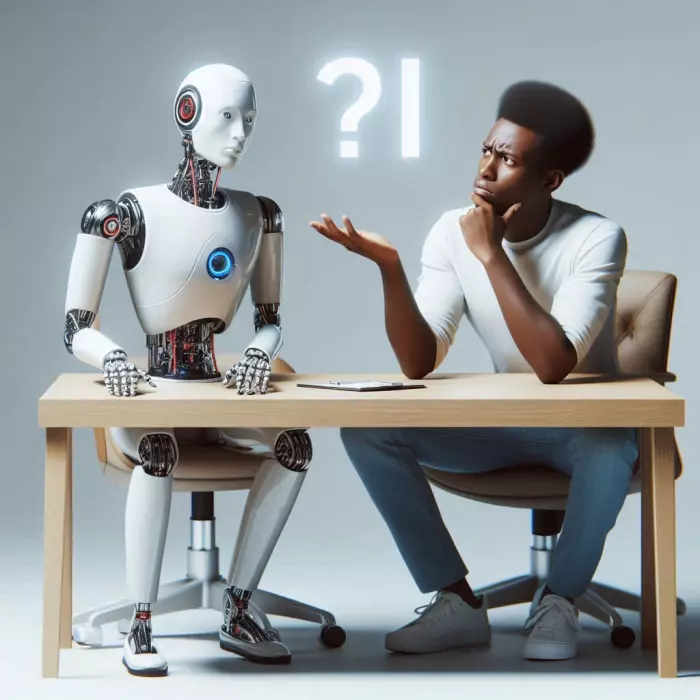I’m taking part in an intensive "mini MBA" on artificial intelligence run by Spark and the US edtech startup Section. Each week for the next month, I will outline what I am learning. Last week, I learned about different use cases and personas for AI.
One of the things that has become clear as I’ve listened to various AI experts during the past few weeks is just how deeply integrated AI is into their everyday working lives.
They call it thought partnership or copiloting, and always have a browser tab open on their preferred tool, whether ChatGPT, Claude or Perplexity.
Google’s Gemini and Microsoft’s Copilot don’t really get mentioned by anyone.
I’m not talking about checking in on AI for a specific thing – the AI class of workers are getting to a point where they cannot operate without it.
There’s little doubt that these AI tools can be a real benefit in strategic planning and decision-making, once you know how to use them properly.
Taylor Malmsheimer, COO and head of strategy at Section, says the best thought partnership comes from someone who has the same context as you do and because you trust the person. AI is getting better at this, and more people are starting to trust it.

“AI for strategic decision-making is not easy yet. It is easy to be initially wowed, but then you go back later and you hit some walls. It’s like learning to play an instrument. First you have to find out how it works and then you have to try it over and over again.
“AI works best when helping with decisions that are complex, medium to high stakes, without clear answers and when you personally have the relevant experience or context to evaluate the output.”
While AI for strategic decision-making is still an emerging field, Malmsheimer and others have developed frameworks to harness its potential effectively. Her AI-powered strategic decision-making framework involves four key steps:
- Gather information
- Identify options
- Pressure test
- Get buy-in
For research purposes, she will use Perplexity because it provides sources inline, allowing for easier fact-checking, but GPT-4 has a strong ability to analyse data.
In 18 months, she expected it will be common for a boss to ask, “What does AI think?”
Once Malmsheimer has a draft of her initial idea, she will use AI to “stress test” her ideas, asking it to do things like:
- Compare to known structured frameworks (you can explain the framework)
- Flag unintended consequences
- Assess risk
- List overlooked sides

We also had a guest lecture from Thomas Morris, who is product lead for an AI recruitment tool called Dover.
Morris was, until a couple of years ago, a classical pianist but transitioned into the tech world during covid lockdowns. That was helped by AI being a relatively new field (at least in its mass-adoption current phases).
“There is no one out there with more than a couple of years of experience. You don’t need degrees or years of training. It is a great opportunity. All you really need to be able to do is string words together in a sentence that makes sense, and enjoy playing with tech.”
Presumably he’s being modest here. He also previously set up a website that aggregated the world’s best opera performances.
His suggested approach splits your thinking into strategic and tactical considerations:
Strategic: If we don’t do it, someone else will.
Day-to-day: See first-hand benefits
He says Dover used AI to reduce costs while maintaining quality.
For example, they looked at a system to classify and reply to emails from job candidates. First, they used the then-new ChatGPT-3 and internal system, but could not get the quality results they wanted. He knew that they needed to wait until AI improved and when ChatGPT-4 came out, they re-tried and ended up with 100% success. His advice is that if AI can’t do it yet, just wait. It will get better.

It was also important to break the tasks down. So rather than asking the AI to respond to the entire email, it first classifies the response to understand it.
- Is the candidate open to talking?
- Does the candidate suggest someone else?
- Is the candidate interested in the role?
By simplifying the response into smaller components, the AI can do one thing at a time, a little bit like a toddler (from memory).
This automated system allowed Dover to save significant costs, meaning a cheaper solution for clients.
He says it is important to define and understand what success looks like. Then try multiple ideas to see which gets you closest.
The series
Articles will be published each Friday:
- Week 0: Section's CEO, Greg Shove, on the impact AI will have.
- Week 1: See above.
- Week 2 (next week): Using AI as a thought partner. How AI can elevate research and play devil’s advocate on your strategy.
- Week 3: Outline of goals and workflows to increase efficiency, cut costs and improve quality across everything.
- Week 4: Putting it all into practice, where I will learn to design “a habit loop with a cue, craving and response”.
Spark has funded 150 places on the $5000 course to help participants chart an AI-supported vision for their own business.
This is editorial content – Spark is not paying for it – though it has paid for my course placement and is paying for advertising to promote these articles.














